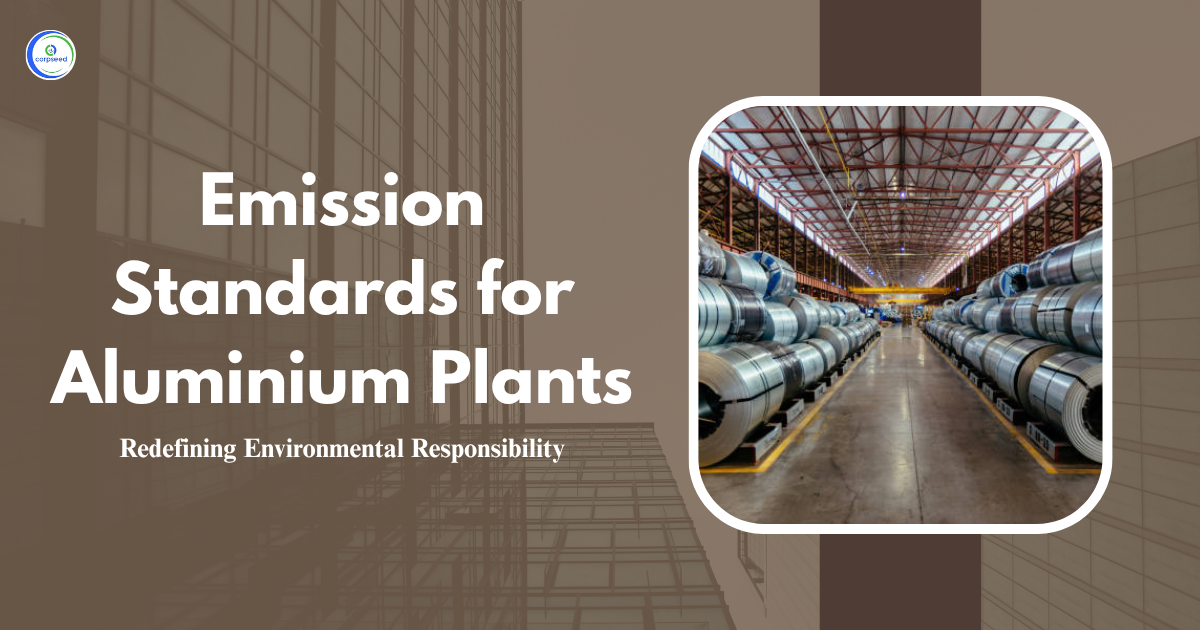Industries impact the environment in various ways. They cause air pollution and water pollution which further affects our ecosystem on a large scale hence the government regulate these business activities to ensure a safe and secure environment for public safety. The government has an EIA notification about the mandatory environmental clearance for such industries. One of the popular and significant industries is the Integrated Paint Industry. If you want to start a pain industry, you must go through the Integrated Pain Industry EIA process. It involves various stages of EIA assessment and further compliance to minimize the pollution caused by the Integrated Pain Industry.
Table of Contents
--------------Blog Contact Form-------------
What is the Integrated Pain Industry?
An integrated paint industry is a comprehensive sector engaged in the production of paints and coatings. It goes beyond the mere blending of ingredients and involves the manufacturing of essential components like resins, lacquers, varnishes, and other raw materials required for the paint-making process. This level of vertical integration allows such industries to exert control over the entire supply chain, from raw materials to the final product, enabling them to ensure quality, consistency, and innovation. In essence, an integrated paint industry is an all-encompassing hub where the full spectrum of paint production, from raw materials to finished products, is managed under one organizational umbrella.
Environmental Concerns from a Paint Industry
The paint industry raises environmental concerns primarily due to the generation and management of various types of waste. The environmental issues associated with the paint industry include-
- Waste Generation
The production of paints and coatings leads to significant waste generation. This includes empty raw material packages, dust from air pollution control equipment, off-specification paint, spills, and equipment cleaning wastes. Among these, equipment cleaning wastes are a dominant waste stream.
- Chemical Pollution
The industry generates waste rinse water from equipment cleaning, which often contains water and/or caustic solutions, as well as waste solvents from equipment cleaning using solvents. These chemicals can be harmful to the environment if not managed properly.
- Air Pollution
The emission of volatile organic compounds (VOCs) from open processing equipment contributes to air pollution, as VOCs can contribute to smog formation and have adverse health effects.
- Solid Waste and Spills
Leftover raw materials, cotton waste, filter cartridges, and pigment dust add to the solid waste generated by the industry, and their disposal requires proper management to prevent environmental harm. Spills from accidental discharges pose immediate environmental risks, as they can contaminate soil and water.
Read Our Blog: What Are The Components Of Environmental Impact Assessment?
Importance of Environmental Impact Assessment
Environmental Impact Assessment will ensure that the industry operates on the defined terms to mitigate waste generation and implements policies to minimise the overall impact on the environment. The clearance is only given after an extensive assessment process and if the industry is not viable to run and causes an immense impact on the environment of the impact area then the permission for such establishment is not granted. This EIA process for integrated pain manufacturing units keeps the integrated paint industries in check and decreases environmental pollution.
Read Our Blog: Key Proposals Of The Draft EIA Notification 2020
EIA Process for Integrated Paint Industry
The Environmental Impact Process for the Integrated Paint Industry involves six stages including the application submission, screening of application, scoping of application, and public consultation about the establishment of such industry, appraisal of the project from the expert appraisal committee and finally the grant of environmental clearance. The following procedure is followed in each stage-
- Application Submission
The application is submitted by the project proponent for the Environmental Impact Assessment which is the basis of providing Environmental Clearance. Then comes the process of screening in which the applications for various types are separated according to their categorization as made in the EIA Notification.
- Scoping of the Industrial Project
The scoping exercise is the next step in the EIA process for the integrated paint industry. Its main job is to find all the things that might be important for the project and figure out what we need to study. This checklist helps set the rules and what we should focus on when we are doing a study about how a project affects the environment. Think of it as a way to make sure we look at all the right stuff when we're trying to understand the impact of a project on nature.
- Appraisal and Grant of Certification
The appraisal is done by the appraisal committee after the EIA report is submitted and the public consultation is done. If the committee is not satisfied with the project it may recommend the alteration and suggest it to the EIA authority. The state EIA authority takes the recommendations into consideration and accordingly grants or rejects the application for environmental clearance.
Read Our Blog: What Are The Stages Of Environmental Impact Assessment?
Studies Performed in Environmental Impact Assessment
The following studies are performed, reports are generated, and plans are prepared during the Environmental Impact Assessment of the Integrated Paint Industry-
- Feasibility Report
The report before deciding if a project is viable from the environmental perspective should talk about the project details including the location, materials and technology. The components that affect the environment are discussed regarding the project in this report and if there is any such concern then the mitigation strategies for the same are proposed.
- Baseline Study
When we are studying how a project might affect the environment, it is imperative to understand how things are in the environment right now. It is like taking a "before" snapshot of the project’s impact area. This helps us know what might be harmed by the project. Checking the environment while the project is running is also super important. It helps us see if the things we're doing to protect the environment are actually working. The baseline study focuses on the important stuff and things that could be affected by the project, like nature, culture, and how people live in that area.
- Risk Assessment Study
Accidents in the integrated paint industry can cause big problems for people and money. To prevent this, a risk assessment study is done. It helps understand how risky a place is and make plans to keep people safe. This is important when deciding where to build a factory. It involves lots of info about how things work, what could go wrong, how likely it is, and the area and people around it. This helps make good decisions about safety and the environment.
- EMP (Environmental Management Plan)
An Environmental Management Plan (EMP) is a structured guide that helps projects protect the environment. It outlines potential environmental impacts, strategies to reduce harm, monitoring for compliance, resource allocation, a schedule, and a backup plan for unexpected issues, ensuring that the project is environmentally responsible and compliant with regulations.
Read Our Blog: Significance of Baseline Data in the EIA Process
Conclusion
The Integrated Paint Industry, like many others, affects the environment through pollution. To control this impact, the government requires an Environmental Impact Assessment (EIA) process. This process has multiple stages, including application submission, screening, scoping, public consultation, project appraisal, and the granting of environmental clearance. Throughout these studies, various studies, like feasibility reports and risk assessments, are conducted to assess environmental impact and propose mitigation measures. The key part of the EIA is the Environmental Management Plan (EMP), a guide for reducing harm and ensuring compliance with environmental regulations. In essence, the EIA process for the Integrated Paint Industry aims to minimize environmental pollution and safeguard the environment.
This portion of the site is for informational purposes only. The content is not legal advice. The statements and opinions are the expression of author, not corpseed, and have not been evaluated by corpseed for accuracy, completeness, or changes in the law.
BOOK A FREE CONSULTATION
Get help from an experienced legal adviser. Schedule your consultation at a time that works for you and it's absolutely FREE.


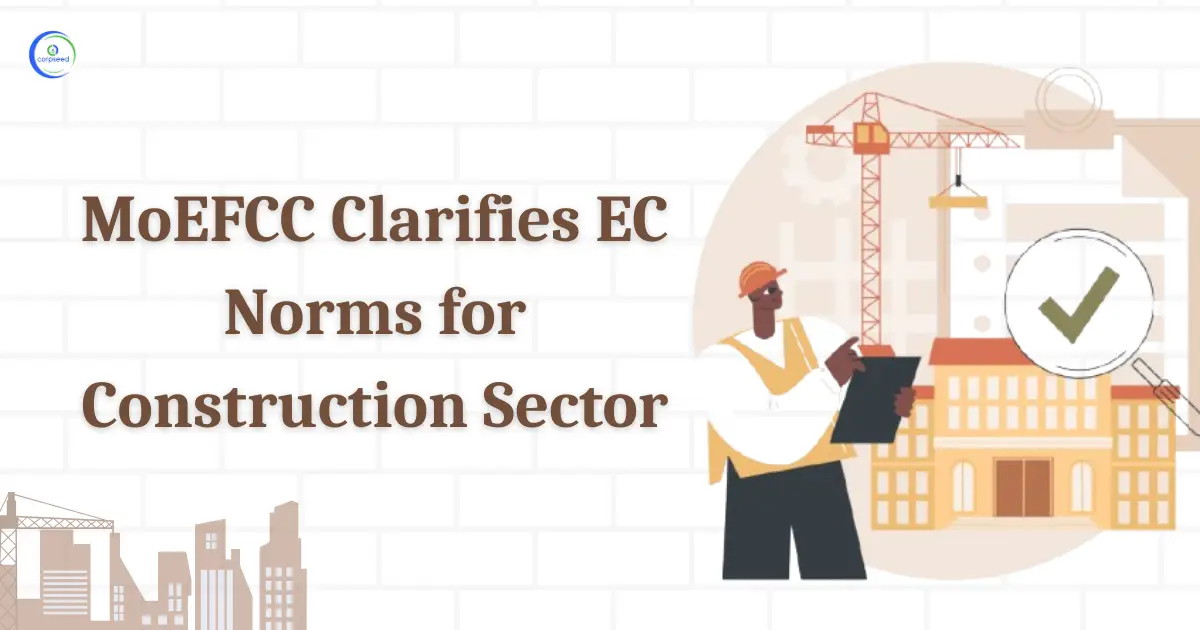
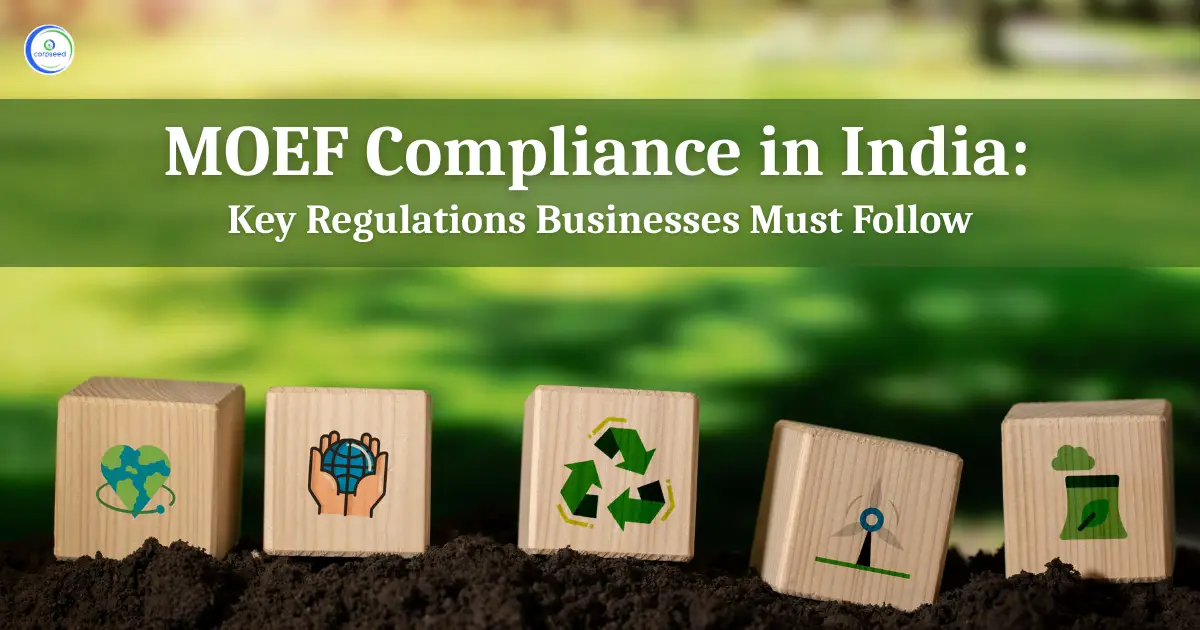
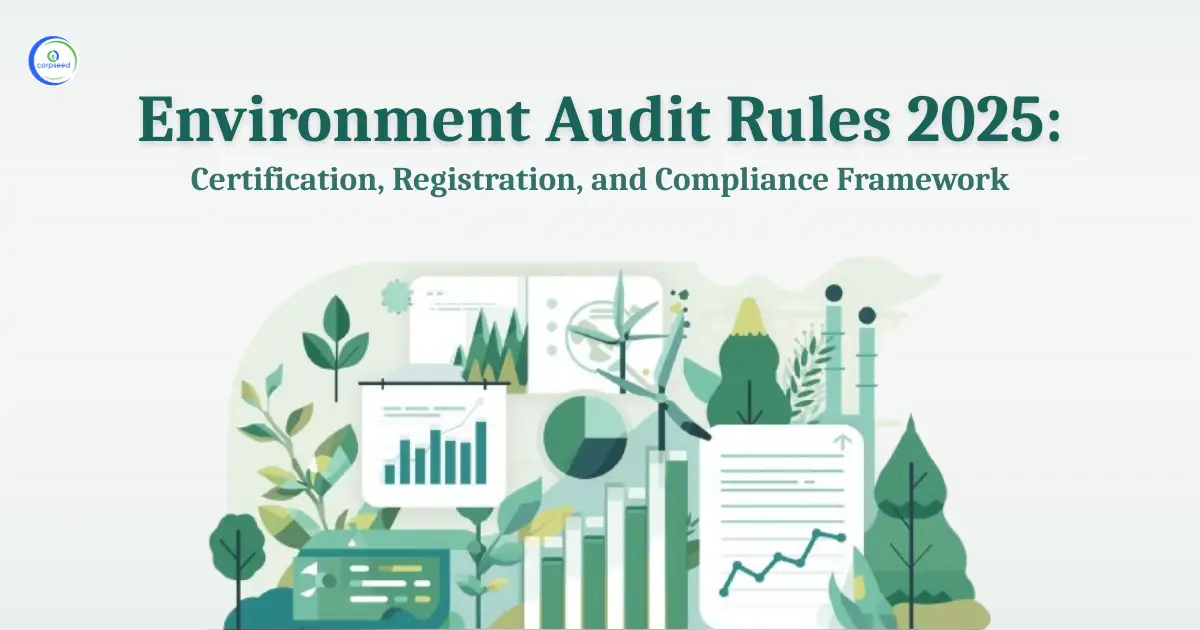
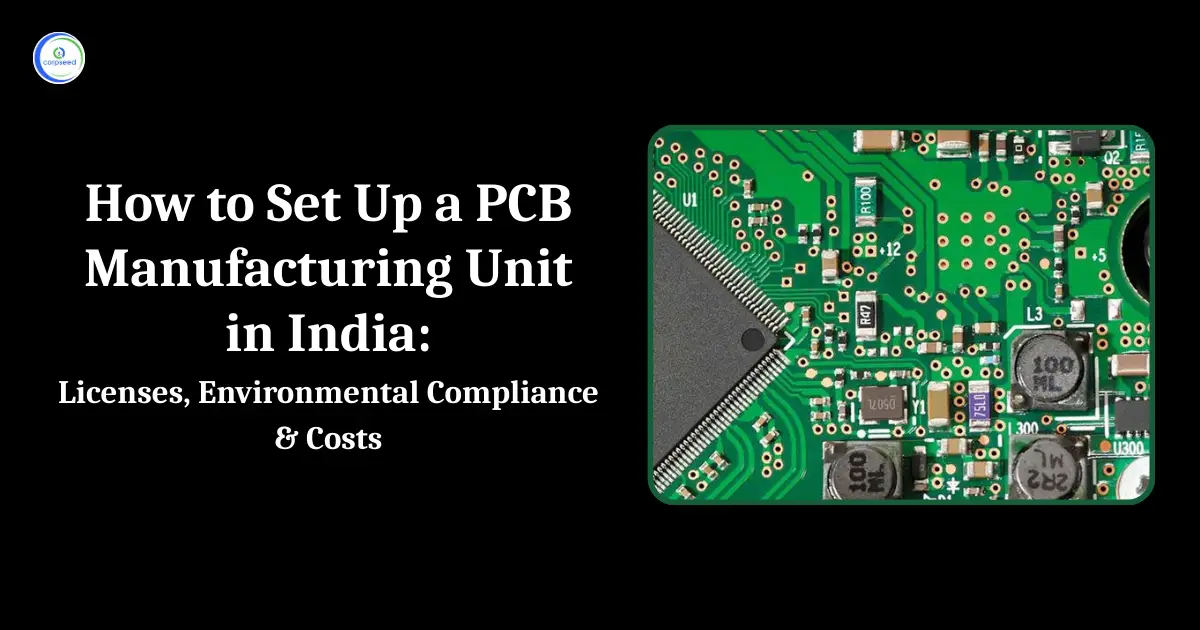
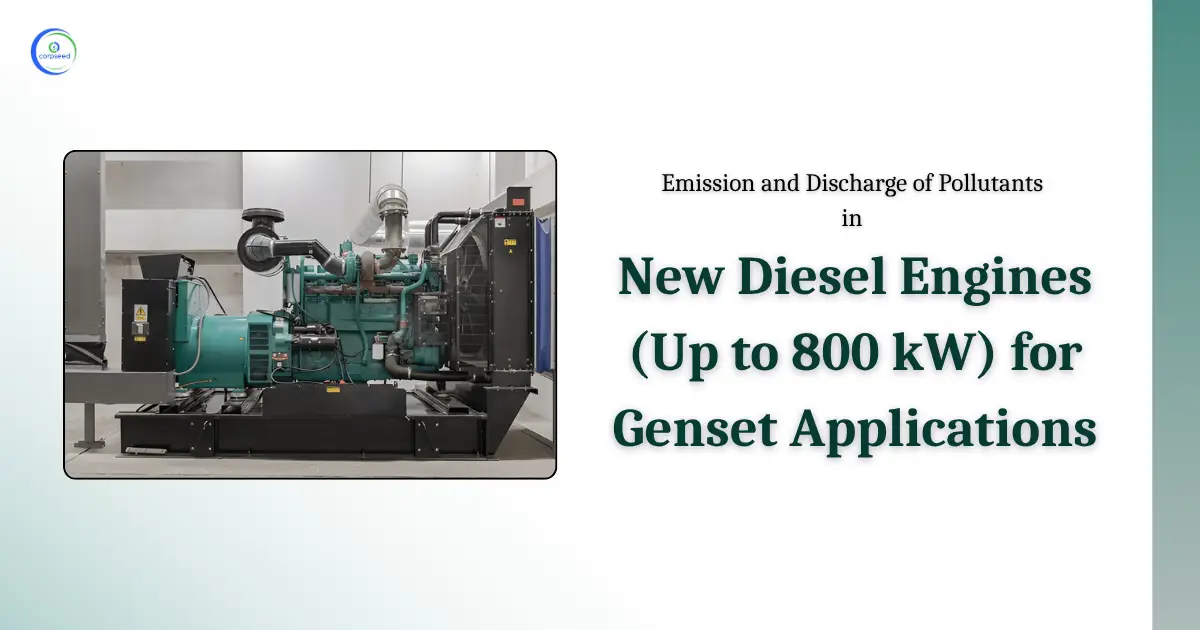
_Corpseed.webp)
.webp)
